Are you looking for love? Well, we can’t help with that… but we can show you some amazing birds that will restore your faith in true love!
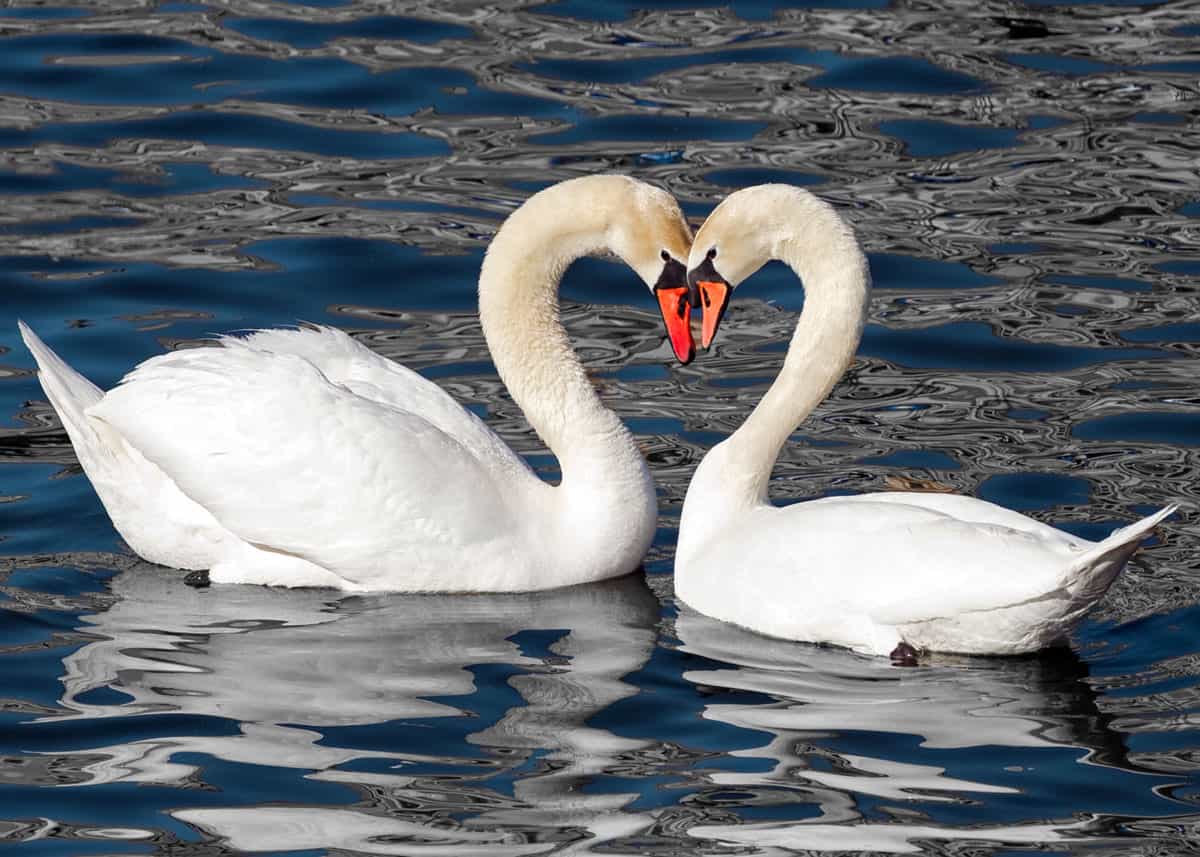
Table of Contents
Love in the Bird World
Birds that mate for life tend to hold a special place in our hearts. I think the reason for this is because these birds display a loving, committed bond that we humans so often seek.
Some may think that monogamy means the same as mating for life, but in bird life, relationships are much more complicated.
This article intends to explain some of the differences that exist in the love lives of birds. Then, you can read about eight birds that truly mate for life!
1. Do birds mate for life?
This is a question that many people ask about birds, and it is based on our human concept of mating for life.
Humans see mating for life as a marriage of two individuals who stay together year after year, raising children together, until “death do us part.” So, based on this view, do birds mate for life?
Yes, there are some species that do form long-term pairs and stay together through successive nesting seasons until one of the pair dies.
After a mate dies, some of these birds will search for another mate. Read on to learn more about what birds mate for life.
2. What does it mean to be monogamous?
Monogamous means: “having only one mate at a time.” Many bird species are monogamous but don’t mate for life. This may seem contradictory but only if you are basing bird behavior on human culture.
Most of the time when people ask if birds are monogamous, they are referring to sexual monogamy. This is where a male and female mate only with each other, whether that be just for one breeding season or for life.
3. What does seasonal monogamy mean?
Seasonal monogamy is when a pair of birds stay together through only one breeding/nesting season.
They mate with one another and often share the incubation and/or feeding duties. You might say seasonal monogamy is where bird pairs agree to stay together until the kids are grown.
4. How many birds are monogamous?
Would you believe that about 90% of bird species are monogamous? This means that you would have better success as a bird than as a human in your love life.
Sure, there are birds that cheat and divorce, but the rates at which this occur are much lower in birds than humans. Sounds like we humans need to be taking notes from birds.
5. What is the difference between social and sexual monogamy?
So, if sexual monogamy means a pair of birds that mate exclusively with one another and raise a family together, what in the world is social monogamy?
You’ve probably heard Anne Geddes’ quote, “any man can be a father, but it takes a real man to be a daddy.” A “daddy” loves, supports and cares for children that may not necessarily be his genetically. This is social monogamy for birds.
For some bird species, social monogamy is the norm. It’s a living arrangement where a male bird is devoted to defending and caring for nestlings that may or may not be his biological chicks.
Some female bird species will copulate with both their mate and other males as a physical instinct to increase the chances of producing healthy offspring.
The socially monogamous male will defend the nest and feed the female while she incubates and even helps feed the chicks after hatching.
6. Difference between monogamy and mating for life
Monogamous bird pairs mate and share the responsibilities of raising their chicks together.
They may be monogamous for only one season at a time, but they are still considered monogamous.
Birds that mate for life stay together or return to the same mate every breeding season “for as long as they both shall live.” They share a relationship that humans view as a faithful marriage.
Some of these bird species that mate for life even show affection toward one another and demonstrate loyalty and loving gestures that put humans to shame.
Want to know what birds mate for life? Check out the following eight:
What Birds Mate for Life? 8 Top Picks
1. Bald Eagle
- Latin name: Haliaeetus leucocephalus
- Unique romantic feature: Aerial courtship performances
- Where they are found: North America
- Size: Length: 28 to 40 inches (70 to 102 cm); Weight: 6.6 to 14 pounds (2.99 to 6.35 kg); Wingspan: 5.11 to 7.7 feet (1.8 and 2.3 m)
- Diet: Fish, waterfowl, small mammals, turtles
Bald eagle pairs are the power couples of the avian world. Found in North America, these birds of prey have a large fan base. People get excited when they see them in the wild and love photographing them.
They are the national bird of the USA, and their noble appearance suggests that they are quite aware of their dignified status symbol.
Male and females are clothing coordinated with matching brown plumage, stunning white heads, and yellow beaks.
They play and work hard together to achieve the mutual goals of living life to the fullest and raising successful offspring.
When it comes to romance, bald eagle pairs really fall for each other by putting on stellar courtship performances that involve flying up to a high altitude and locking talons before tumbling in a series of cartwheels in mid-air.
Bald eagles often live solitary lives throughout the year but always return to the same mate every breeding season. They remain faithful to their partners except in rare instances of impotency.
They often return to the same nest every year, adding to the existing structure each time. Their nests are the largest of any North American bird and one of the largest in the world. Together, pairs raise one to three chicks per nest.
2. Mute Swan
- Latin name: Cygnus olor
- Unique romantic feature: Together, they form a heart shape.
- Where they are found: Eurasia, North Africa
- Size: Length: 55 to 63 inches (140 to 160 cm); Weight: 19 to 26 pounds (8.61 to 11.79 kg); Wingspan: 6.5 to 7.83 feet (1.98 to 2.38 feet)
- Diet: Aquatic plants, insects, fish, frogs
While all swans mate for life, mute swans are the picture of classic romance. You’ve probably seen them in photographs, movies or your neighborhood pond.
Courting pairs are famous for curving their long necks toward each other and creating a heart shape, as if communicating, “I love you.” They also lift their wings and gracefully bow to one another.
Native to North Africa, Europe, and Asia but widely introduced to North America, southern Africa, and Australia, mute swans are beautiful birds with white plumage and orange beaks that are marked with a black knob.
It’s been said that a mute swan will grieve if its mate dies. Some experts suggest that birds don’t have emotions as we humans do.
However, there is a report from a Russian zoo in 2015 of a mute swan who died of a broken heart shortly after his mate was killed. So you decide if these birds feel true love and let us know in the comments!
They are called mute swans because they are not as vocal as other swan breeds, but when it comes to courting and defending their loved ones, they know how to be heard with hissing, grunting and honking.
Pairs usually return to the same nest every year and share in the care of five to seven eggs.
3. Mourning Dove a.k.a Turtle Dove
- Latin name: Zenaida macroura
- Unique romantic feature: Mournful wooing call
- Where they are found: North America
- Size: Length: 12 inches (31 cm); Weight: 4.5 ounces (128 g)
- Diet: Seeds
You’ve seen those couples who are inseparable. Where you see one, you’ll see the other. The mourning doves are those “lovey-dovey” (pun totally intended) couples of the bird world.
Along with other doves, they are often seen as symbols of both love and peace, two of the most important traits you need for a successful relationship.
These sweet birds are light tan and gray with long, pointed tails and wings that are marked with black spots.
The appearance of their plump bodies, short legs, and small beak make them easily recognized. If alarmed, they fly off quickly with their wings making a whistling sound.
Mourning doves get their name from their “mournful” cooing call. Most of the time, this is the male making the call to woo the female. He will also fluff up his feathers and bob his head when trying to win her over.
Once the female accepts the male’s advances, the male will then bring her twigs to build a nest. After the female lays two eggs, both she and her partner will take turns incubating and feeding them.
4. Scarlet Macaw
- Latin name: Ara macao
- Unique romantic feature: They love being together.
- Where they are found: Central and South America
- Size: Length: 33 inches (84 cm); Weight: 2.2 pounds (1 kg)
- Diet: Nuts, seeds, berries, insects, and clay
Found in family groups in the rainforests of South America, scarlet macaws are known for being strikingly colorful birds. They sport red, blue and yellow feathers. They are noisy, funny and intelligent, and they are devoted lovers and parents.
Not only do they mate for life, but scarlet macaws are attentive to one another. They share food, lick each other’s faces, and enjoy mutual preening.
Other birds that mate for life sometimes are known to live separately until the breeding season, but these macaws value family life and can always be seen hanging out with one another.
When the kids come along, they usually raise two to four chicks at a time in a nest that they build in a tree hollow. Both Mom and Dad take care of their young, from incubating the eggs to feeding the nestlings.
Scarlet macaws take parenting seriously and will not mate again until their current juveniles are able to live independently, which could be up to two years.
5. Albatross
- Latin name: Diomedeidae
- Unique romantic feature: Elaborate courtship dance
- Where they are found: Antarctica, Australia, South Africa, South America, North Pacific (Hawaii, Japan, California, and Alaska)
- Size: Length: 2.91 to 4.25 feet (0.89 to 1.29 cm); Weight: 17 to 22 pounds (7.7 to 9.98 kg); Wingspan: 9.5 to 11 feet (2.89 to 3.35 m)
- Diet: Fish, squid, and crustaceans
When it comes to bird love, nobody does it like albatrosses. These birds may travel hundreds of miles across the oceans for long periods of time, but they always return to the same breeding spot and the same mate. How romantic is that?
Considering the fact that they live up to 50 years and mate for life, that means they stay married longer than many humans. Plus, they prove that long distance relationships can work if you are dedicated.
Spending much of their time gliding in the wind over oceans near Antarctica, Australia, South Africa, South America, and the North Pacific, these large seabirds settle together in colonies on isolated islands when it’s time for amoré.
Mostly white with dark wings and tails, webbed feet, wide wingspans, and long, hooked beaks, albatrosses are wise and take their time before marrying because they do not become sexually mature until five or ten years old.
They actually need those years to master their elaborate courtship dance that involves a series of bowing, fencing and beak clattering.
Albatross pairs take care of their single chicks for several months until they are ready to fledge out on their own.
6. Black Vulture
- Latin name: Coragyps atratus
- Unique romantic feature: Fight for fidelity
- Where they are found: From the southeastern USA to South America
- Size: Length: 22 to 29 inches (56 to 74 cm); Weight: 2.6 to 4.3 pounds (1.18 to 1.95 kg): Wingspan: 4.4 to 5.5 feet (1.34 to 1.68 m)
- Diet: Carrion
Black vultures prove you don’t have to be beautiful to enjoy a committed, long-term relationship.
Looking dressed more for a funeral than a wedding, these scavenger birds feature all-black plumage with bumpy, featherless grayish-black heads, and short, hooked beaks.
Found in open habitats and along roads from the southeastern United States to South America, black vultures are all about family life. They form bonds that last their whole lives (about 10 years).
Pairs hang out with each other all year-round instead of just during the breeding season. They take fidelity seriously, and there have been instances where males were observed attacking another male for the crime of adultery.
Keeping strong family bonds are important to black vultures, and they often roost with large flocks of their relatives. However, they build their nests in tree hollows, caves, and abandoned buildings where both parents take care of their two chicks.
7. Geese
- Latin name: Anserini
- Unique romantic feature: Demonstrates sacrificial love
- Where they are found: Asia, Europe, North America
- Size: Length: 20.4 to 43.2 (51.8 to 109.8 cm); Weight: 2.5 to 14 pounds (1.13 to 6.35 kg)
- Diet: Green plants, grains, fish and insects
Geese are found all over the world in more than 50 different breeds, but all are known to mate for life. Only in rare instances do these birds cheat. Such cases have included males who lost their first loves from a previous relationship.
Geese are fiercely loyal and have been observed suffering from depression after losing a mate. What’s more, geese will often stay behind with a sick or injured mate while the rest of the flock migrates on without them. Now, that’s true love.
Male geese, or ganders, take their roles as providers and protectors seriously. They diligently root up plants for the female to eat. They are also devoted to guarding the female, especially when she is incubating eggs.
They will fight an intruder and inflict injury if necessary. It is believed that one of the reasons ganders don’t cheat is because they have too much fear of leaving their mates vulnerable to predators.
Females build their nests with grasses, mosses, and other plant material along with down feathers nearby water and lay anywhere from two to nine eggs, depending on the breed.
Goslings begin eating on their own within a day of hatching, but Mom and Dad both keep a close watch on them for several weeks until they are able to fly on their own.
8. Barn Owl
- Latin name: Tyto alba
- Unique romantic feature: Displays affection and emotion
- Where they are found: Every continent except Antarctica
- Size: Length: 13 to 15 inches (33 to 39 cm); Weight: 7.9 to 25 ounces (224 to 710 g); ; Wingspan: 31 to 37 inches (80 to 95 cm)
- Diet: Small rodents (rats, mice, and shrews) but also rabbits, small birds, bats, lizards and insects
Barn owls have a short lifespan of only about 4 years, but they sure know how to make the best of that time. They don’t just mate for life. They love for life.
Barn owls are said to be affectionate with their partners even outside of the breeding season. Some of the ways they do is this by mutual grooming, leaning on each other, and cheek-rubbing.
Distributed all over the world, except Antarctica, barn owls are beautiful birds with creamy white underparts and reddish-gold wings and tails. Their white, heart-shaped faces are not just for looks.
They also have facial muscles that they use to communicate and convey emotions to one another. If a barn owl loses a mate, it may die of a broken heart by becoming catatonic and starving to death.
When a young, male barn owl is trying to woo a female, he seeks to impress her by offering her food, such as a dead mouse, from his beak while fluttering his wings open. (Doesn’t that just make you want to swoon?) Young lovers will also form new bonds by chasing one another in flight displays.
After making a nest in an existing cavity, Mom incubates an average of five eggs while Dad goes out hunting for food to bring back to her.
After the chicks have hatched, Dad will continue to bring the bacon home, and Mom will try to evenly distribute it to her chicks.
Feeling Romantic?
We hope you have enjoyed this article about what birds mate for life. The list included here is not exhaustive but touches upon some of the most notable birds that form life-long bonds.
There are other species as well such as cranes and some penguins.
What is your favorite bird that mates for life? Let us know in the comments and we will try to add it to the list!
Drew Haines is an animal enthusiast and travel writer. She loves to share her passion through her writing.
She graduated high school at sixteen and started her own business, Everywhere Wild Media. And she runs Everywhere Wild and JustBirding. She also guest blogs on Storyteller.Travel
She lived in Ecuador for 6 years and explored the Galapagos Islands. Currently based in N.S., Canada.

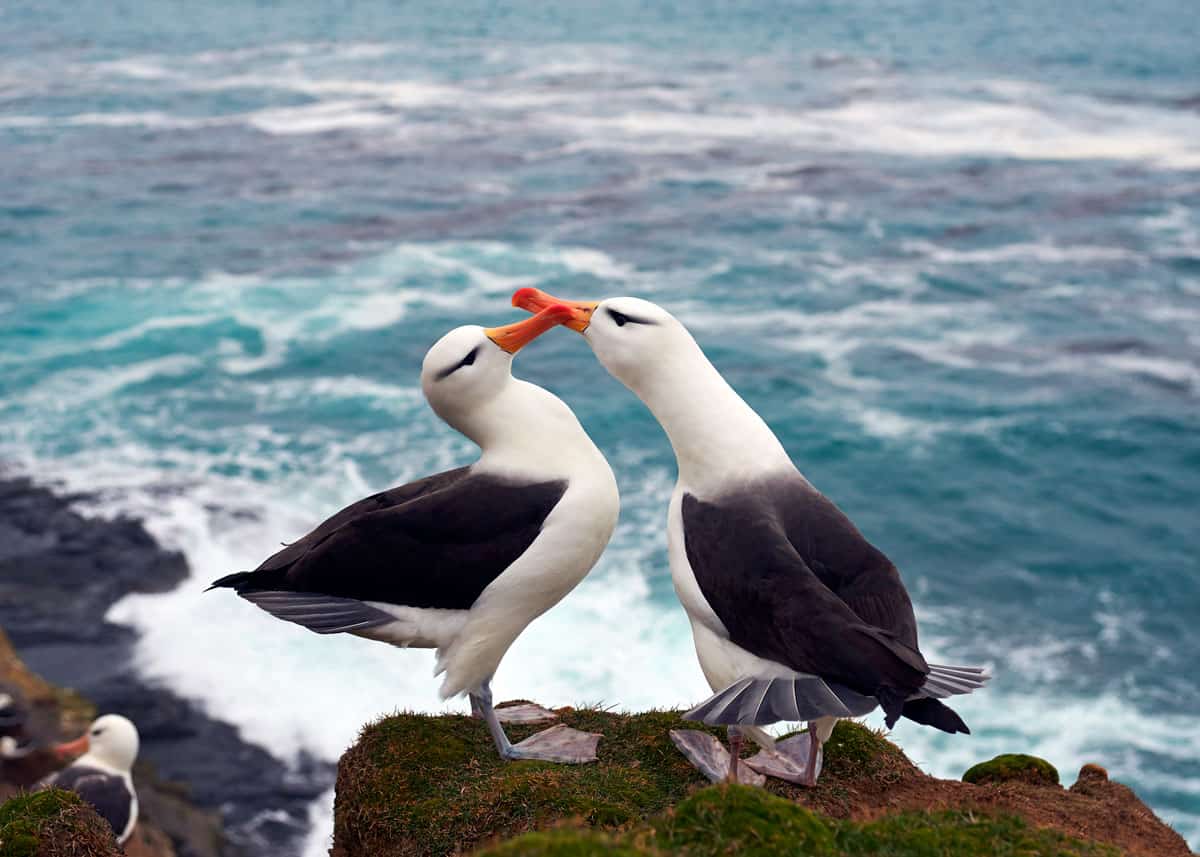
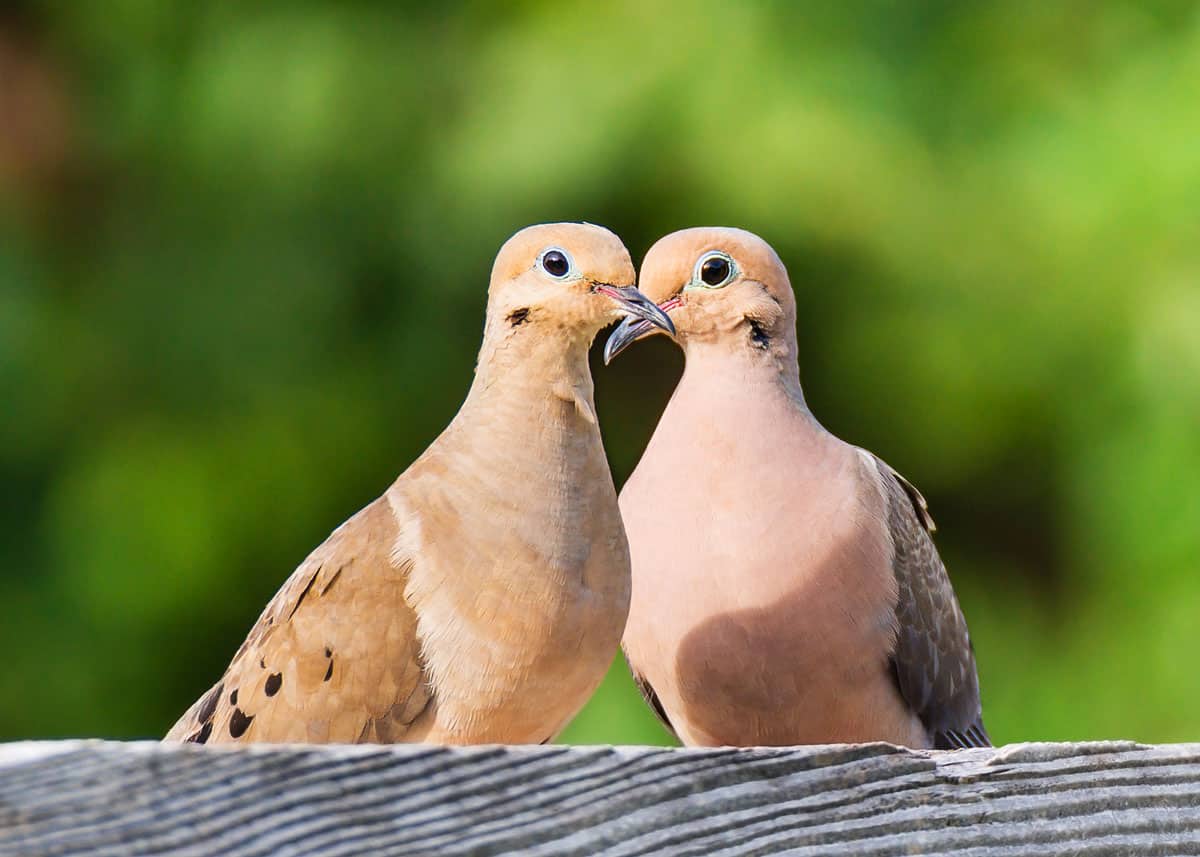
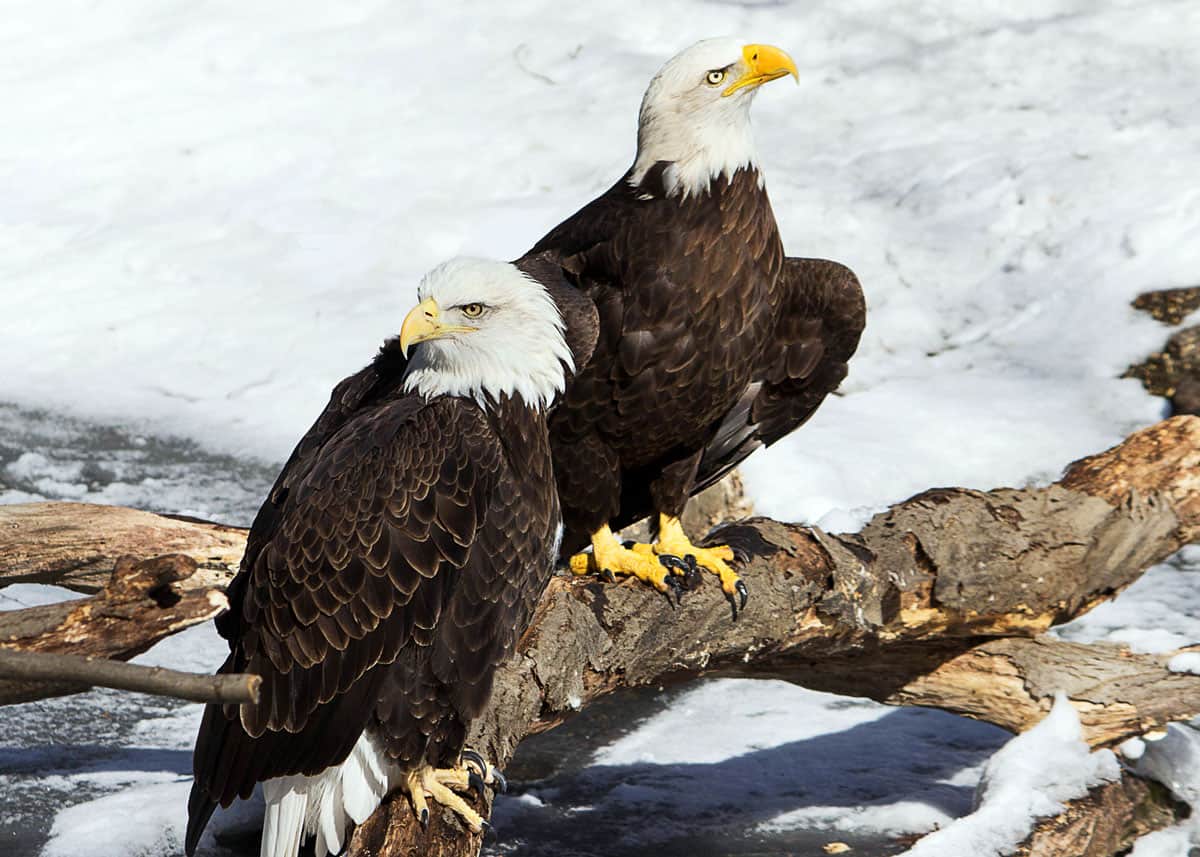
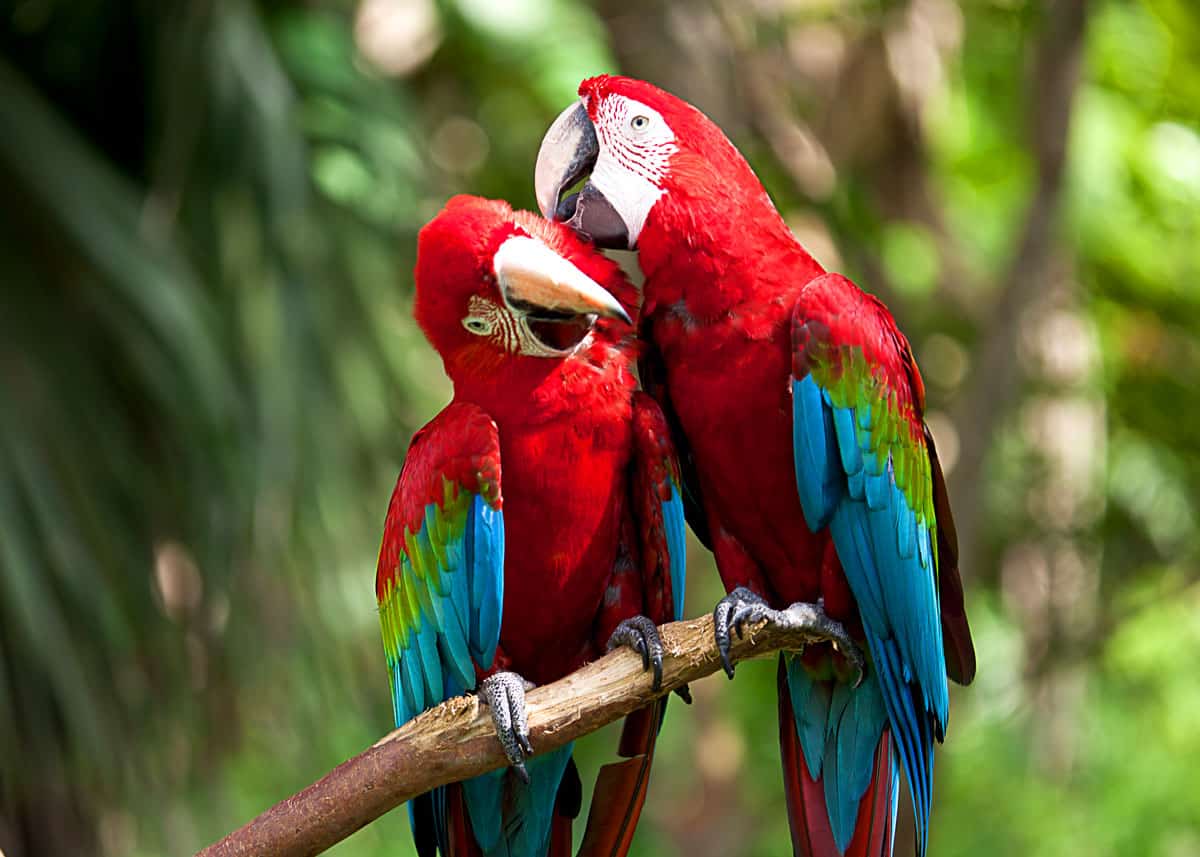
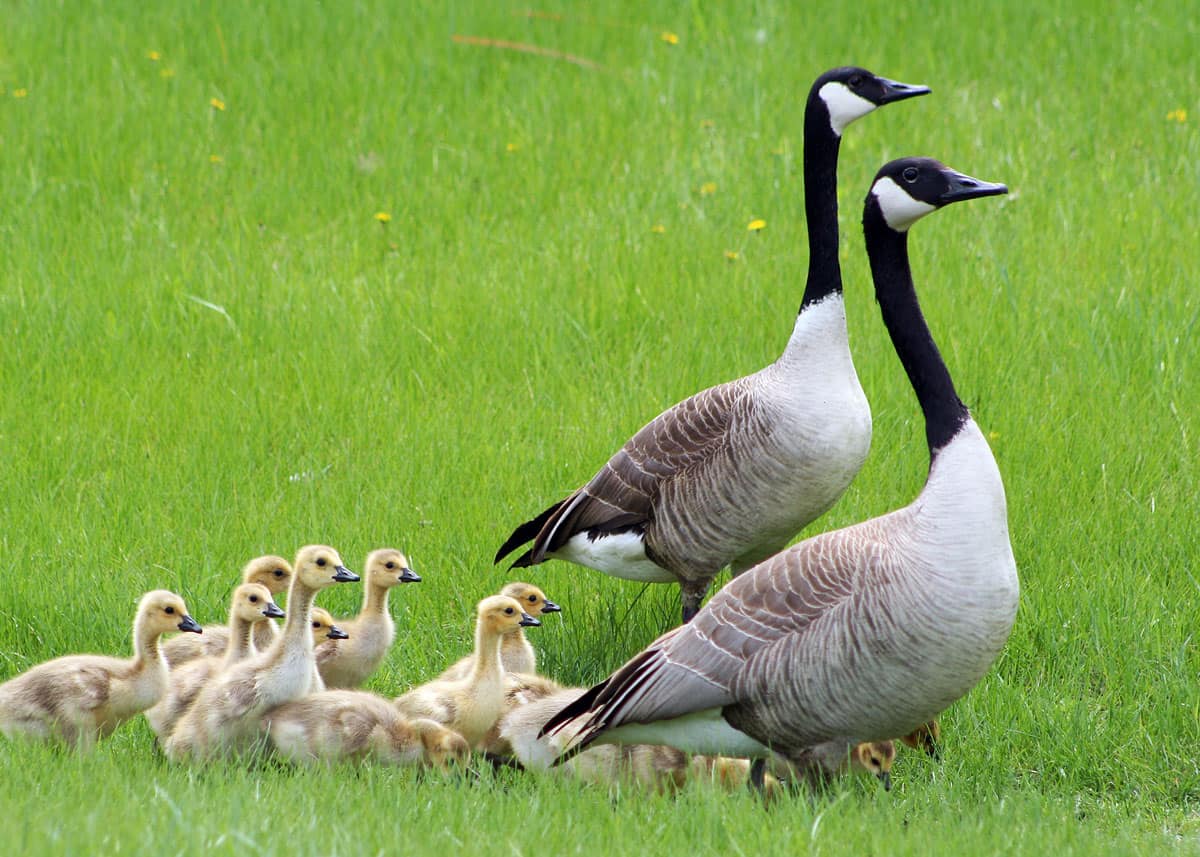
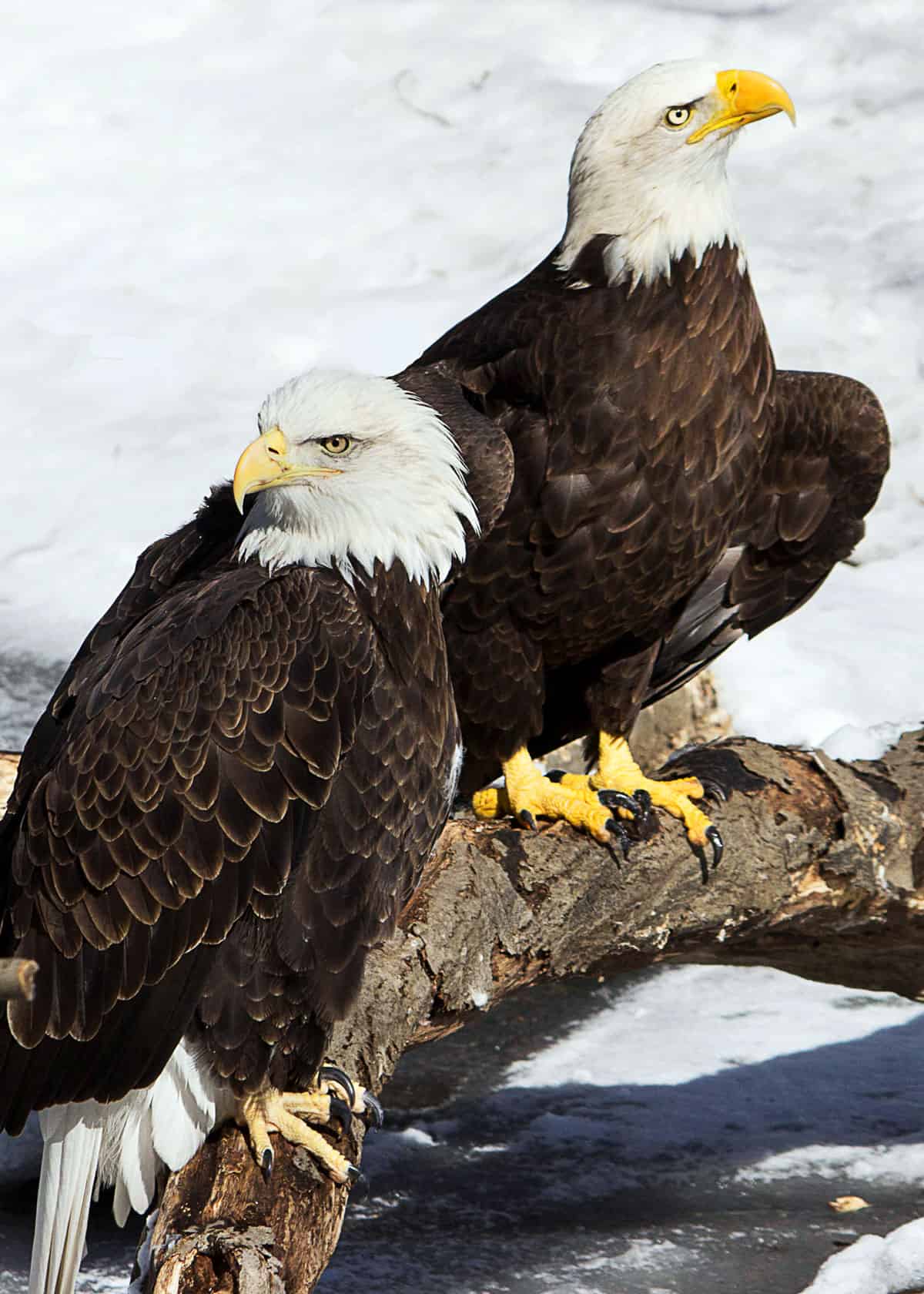

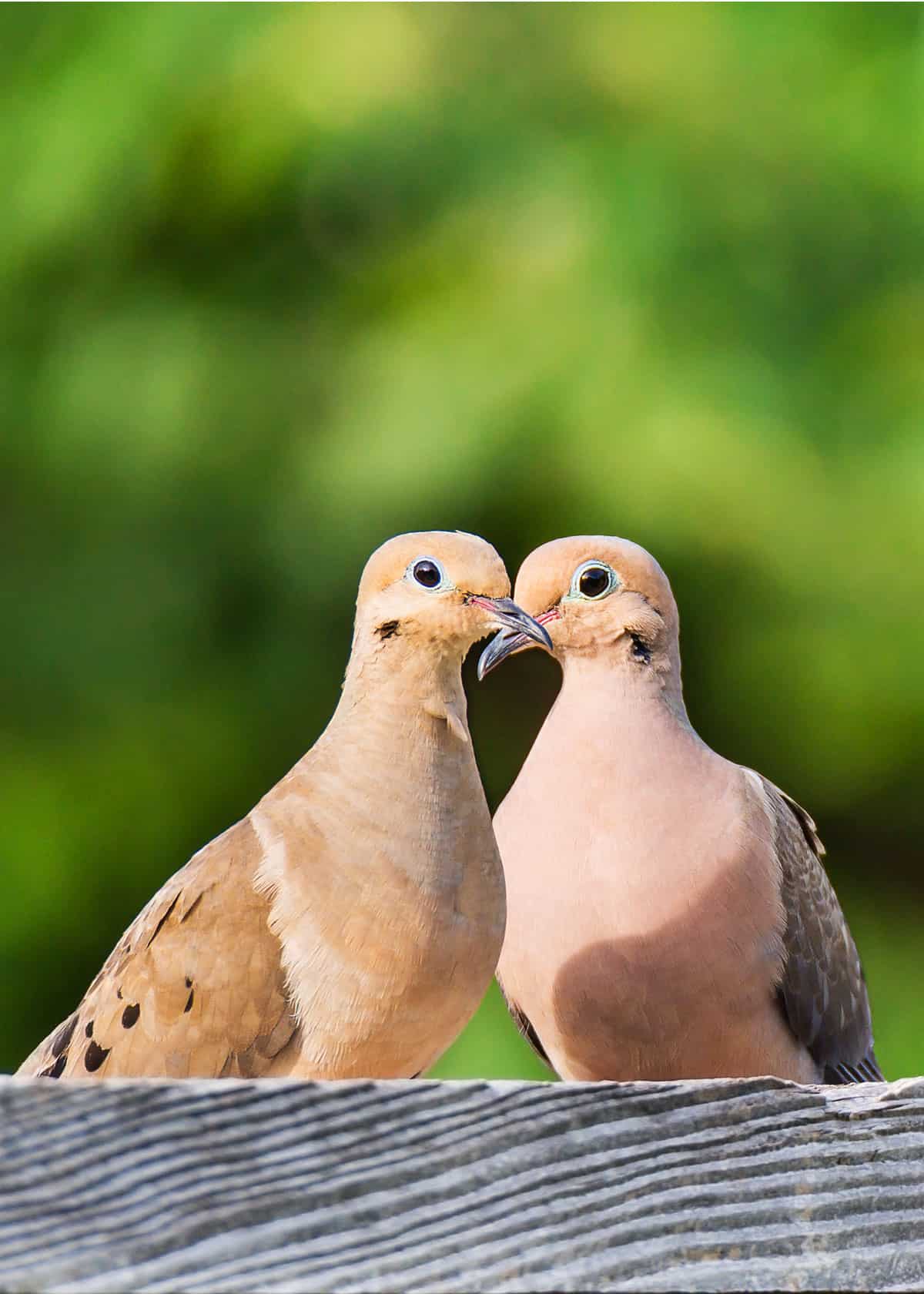
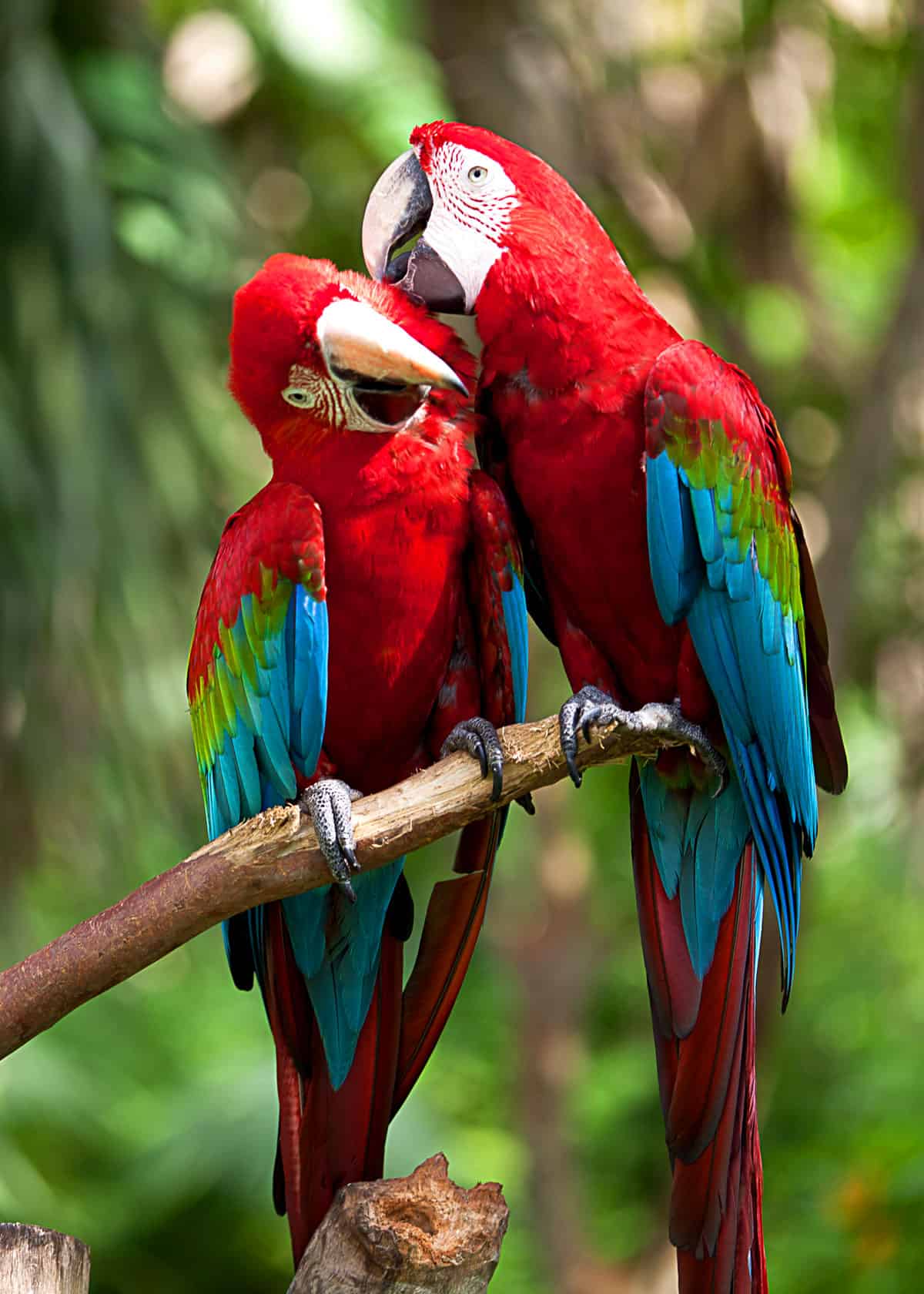
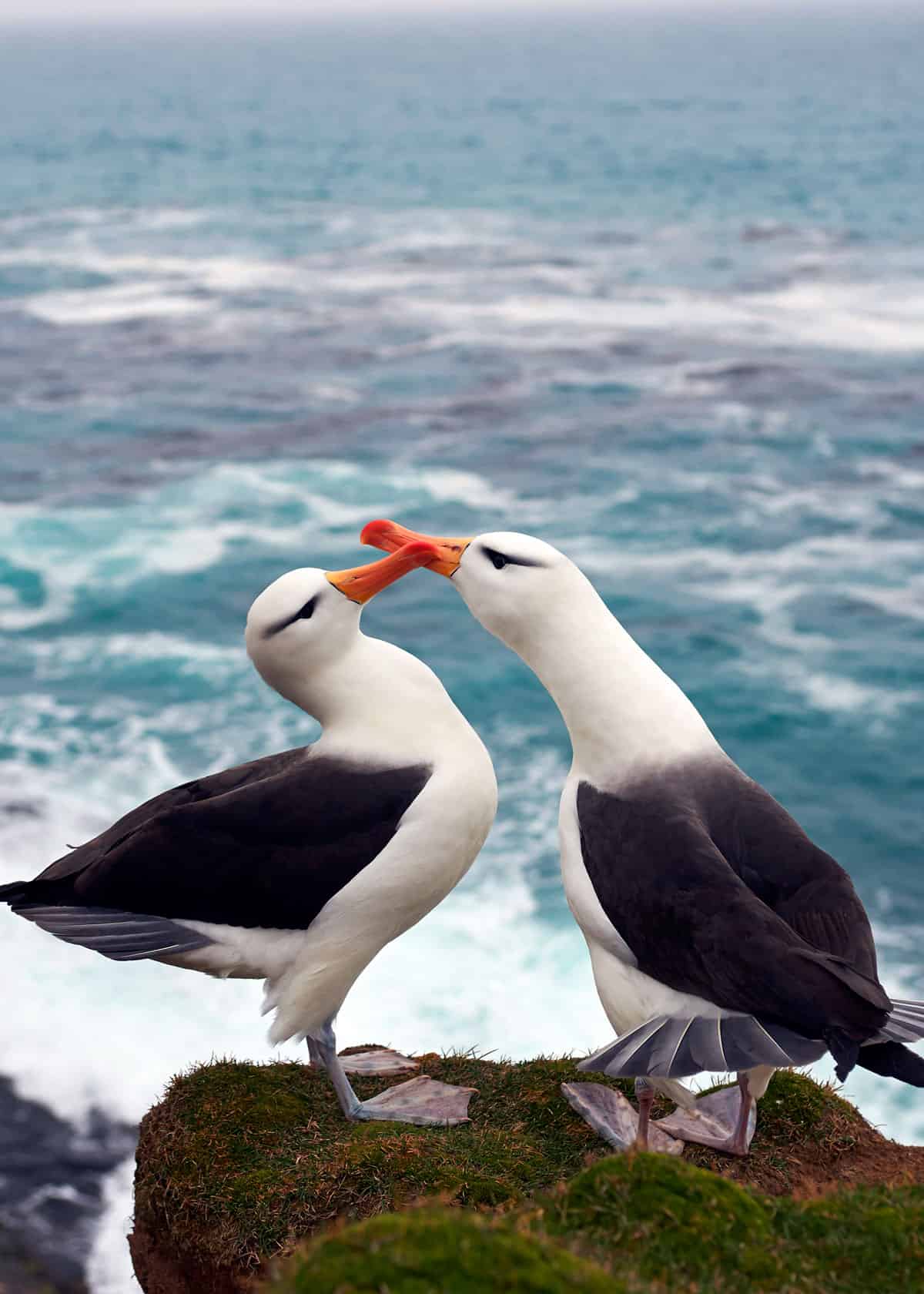
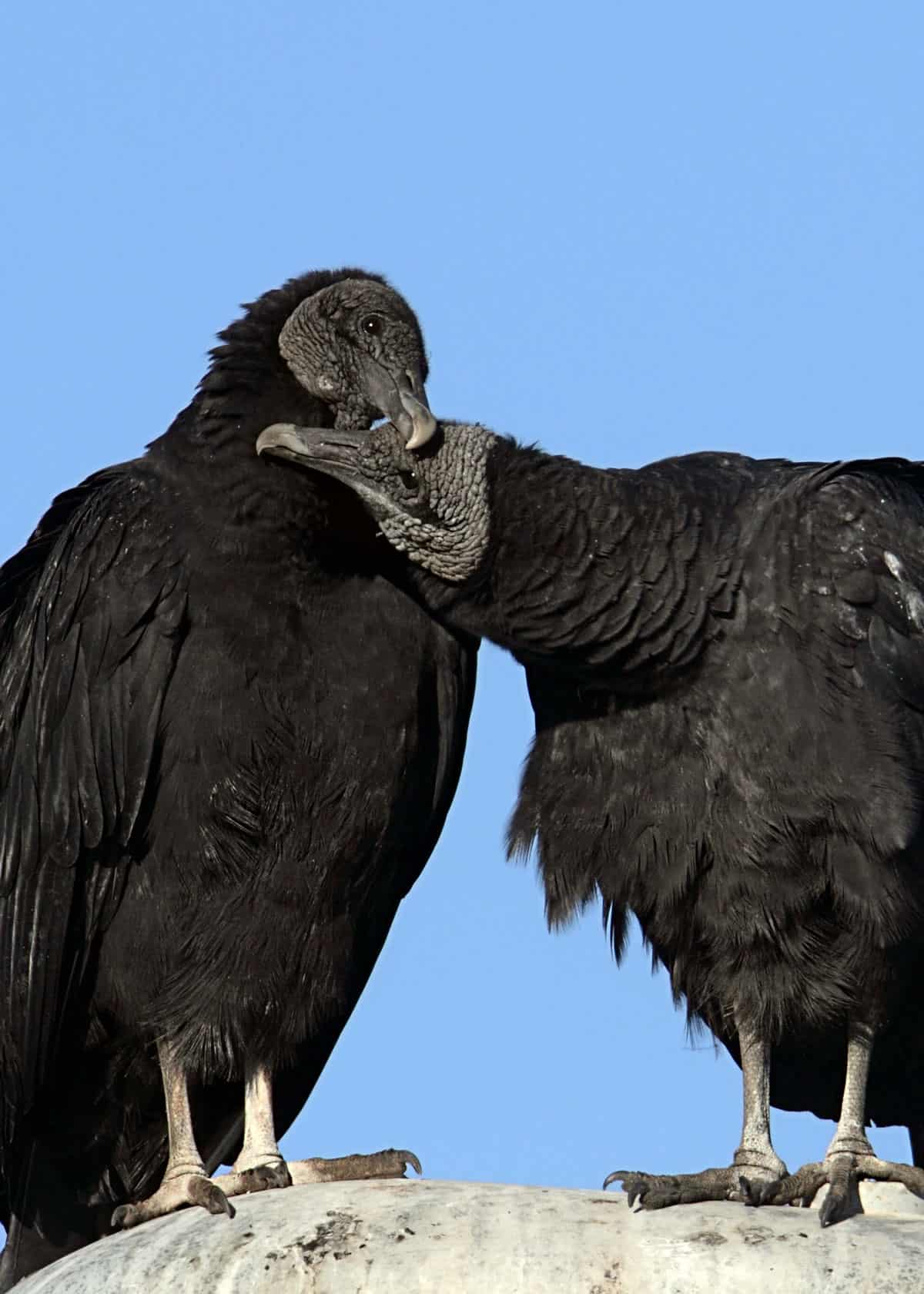
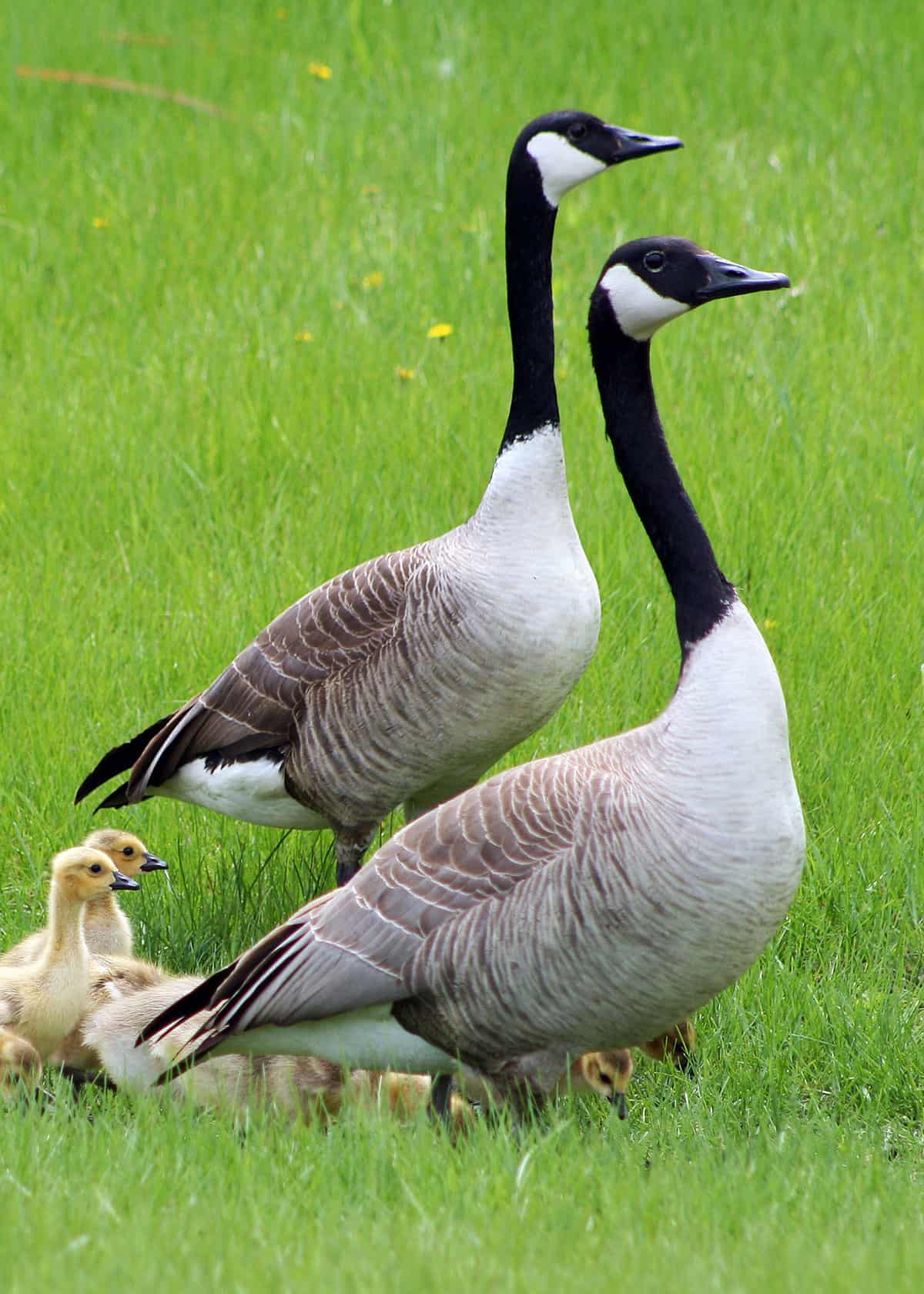
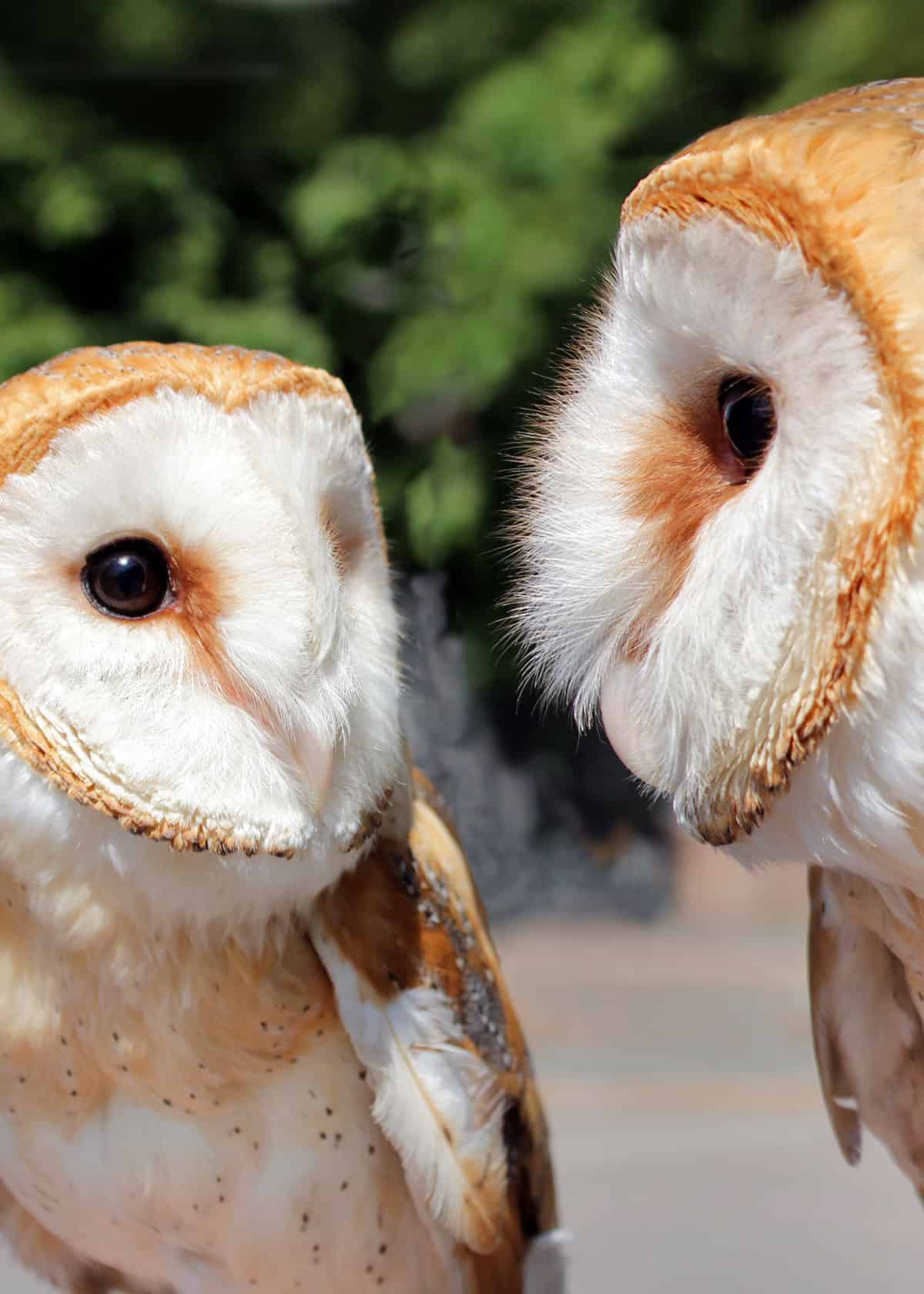
Donna Forand
Tuesday 4th of May 2021
I was deeply touched by your beautifully written article...truly a Masterpiece! I absolutely love every single bird couple mentioned and totally agree we would be wise indeed to take these vital cues on romance from our avian friends! Please stay in touch. I would appreciate reading more of your stories. Your writing is remarkable!
Fair winds, Donna
Judy schell
Wednesday 13th of January 2021
Loved the article about birds and their mates. I would love to see more of your writings. Good luck with your blooming career!